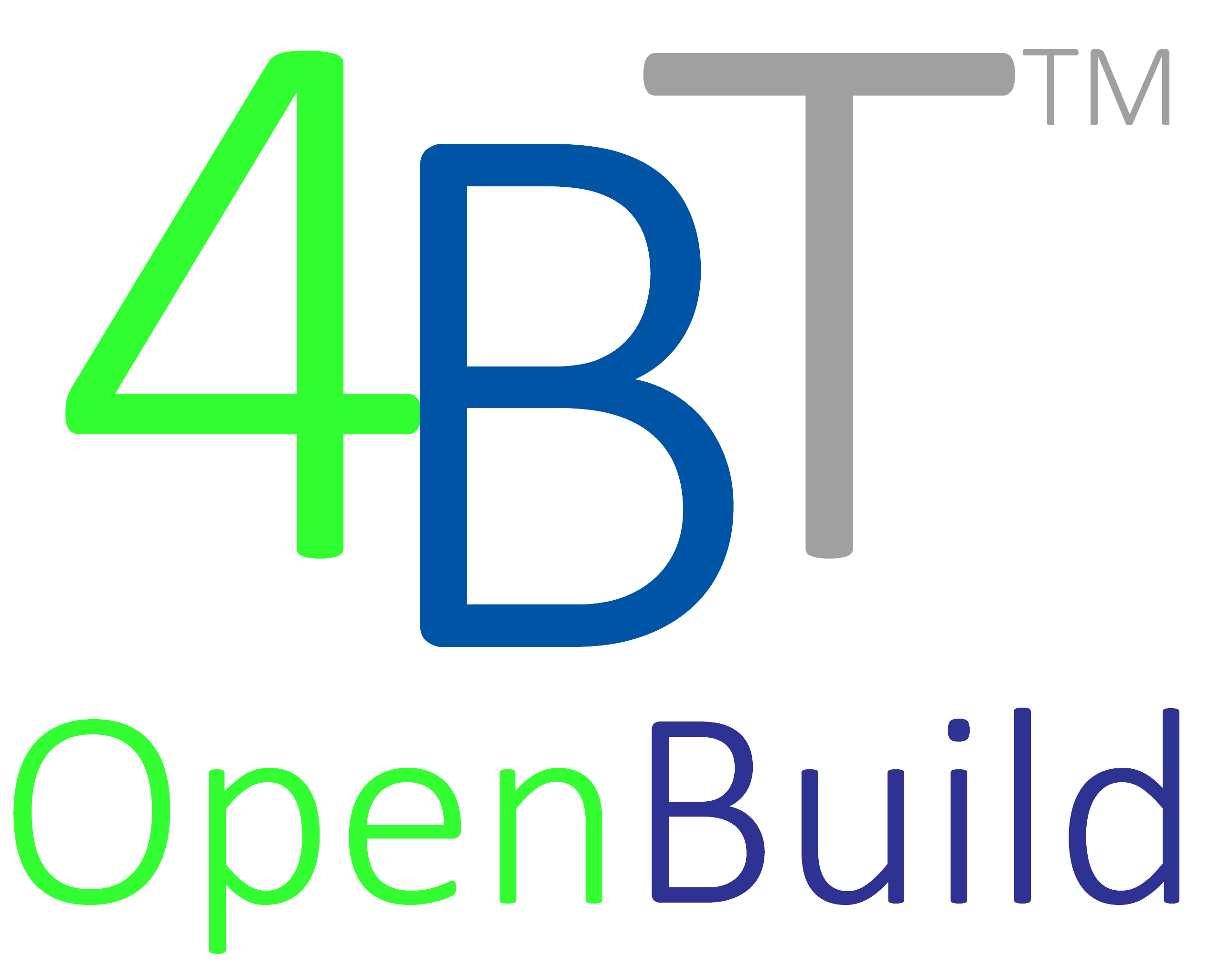LOD – Level of Development buildingSmart International
The Level of Development (LOD) Specification is supposed to provide clarity and reliability with respect t0 Building Information Models (BIM/BIMs).
“Level of Development” (LOD) refers to the degree of detail and accuracy of a BIM model at a specific project stage, while “Uniformat” is a standardized classification system used to organize building elements and systems, often utilized to specify the information included at different LODs throughout a project lifecycle; essentially, LOD defines how much information is included in a BIM model at a given point, while Uniformat provides a framework for organizing that information across different building components.
Key points about LOD and Uniformat:
LOD Levels:
Typically ranging from LOD 100 (conceptual design) to LOD 500 (as-built model), each level indicates the increasing level of detail and accuracy in the BIM model.
Uniformat Organization:
This system categorizes building elements into groups like “Substructure,” “Shell,” “Interiors,” and “Services,” allowing for consistent organization of information within a BIM model.
Relationship:
When using BIM, project teams specify the required LOD for each element based on the project phase, and the information is typically organized within the Uniformat framework to ensure clarity and consistency in data exchange.
Example: A design team might specify that a preliminary site plan needs to be developed at LOD 200, meaning it should show approximate building placement and major site features, while detailed structural elements might require a LOD 400 for fabrication purposes.
UNIFORMAT II Elemental Classification for Building
Level 1. Major Group Elements.
Level 2. Group Elements.
Level 3. Individual Elements. A10 Foundations. A1010 Standard Foundations.
On the good side, CSI UNIFORMAT II is used as a means of organization. LOD is intended to define characteristics for building systems relative to BIM elements. In theory, the goal of the LOD specification is to clarify what BIM “models” can be used for and their associated limitations, for both current and future users.
The issue, once again, is the lack of focus upon business processes and efficient collaborative construction delivery and required asset life-cycle modeling competencies. There is little use for “standards” if they sit in isolation. Planning, Procurement, and Project Delivery processes and teams must be integrated with a common framework.
Any discussion, use, or development of LOD must be within the context of a BIM execution plan and/or BIM Operating Manual.
Most importantly, the initial and excessive focus upon 3D visualization (QTO, 3D coordination, and 3D control and planning, is “off the mark”. LOD should have a sound foundation in asset life-cycle modeling and LEAN construction delivery, as well as all associated competencies.
Perhaps, when Architects, Engineers, Contractors, Owners, and Business Product Manufactures actually collaborate BIM will actually gain measurable traction towards its true purpose.


UniFormatTM published by CSI and Construction Specifications Canada (CSC), and are used with permission from CSI. The names of actual companies and products mentioned herein may be the trademarks of their respective owners.

